Red-Lined Wrasse
$39.99
-
Select Variant
Beautiful, bold and full of character, the gorgeously-striped Red Lined Wrasse is the ideal feature for your aquarium display. Also known as the False-eyed Biocellate Wrasse The young Halichoeres biocellatus and subadults can be identified by the pair of ocelli which are also known as "false eyes" that are located on the dorsal side of the fin that fade as the Red-Lined Wrasse grows older.
The best setup to house the Red-Lined Wrasse will be an established saltwater aquarium that is at minimum 50 gallons with a secure lid. Aquascape extensively with live rocks, but be sure that you have a huge expanse of open substrate in order for the best reproduction of the seaward reefs that the Red-Lined Worms originate. Wild, the Red Lined Wrasse is also known to prefer areas of reef crests and slopes. Therefore, ensure that you have open areas for it to swim in. A sandy layer of substrate that is 2-3 inches thick provides shelter for the Red-Lined Wrasse as it skulks in the sand in the evening or when scared. Place the Red-Lined Wrasse with other peaceful wrasses including those of its own species.
The diet for the Red-Lined Wrasse includes benthic marine invertebrates. As such, the massive hungry, red-lined Wrasse can eat fireworms and pyramidellid snails to protect corals and clams against these harmful invertebrates. The Red-Lined Worm may also consume parasites from tank friends. While this attraction to invertebrates may be advantageous, remember that the Red-Lined Worm cannot discern from "undesirable" or "desirable" invertebrates. If the chance arises it is likely that the Red-Lined Wrasse will likely take a bite of "desirable" decorative invertebrates, such as shrimp, fan worms, and various crustaceans in your aquarium. The Red-Lined Worm generally does not cause harm to sessile invertebrates, such as soft or hard corals.
The diet of the Red-Lined Wrasse should include mysis shrimp with vitamin enrichment frozen in a freezer as well as brine shrimp with vitamin-rich frozen brine. The Red-Lined Wrasse is a ferocious forager and requires regular small meals throughout the day.
Approximate Size of Purchase: Small 1 1/4" to 2" Medium 2" to 3" Large 3" to 4"
- Description
- Additional Information
- Reviews
General information regarding Red Lined Wrasse
The Red-Lined Wrasse is the ideal for a reef aquarium. Juvenile Halichoeres biocellatus as well as sub-adults are easily identified by the Ocelli on the dorsal Fin that disappears as they grow. In your home aquarium try to recreate the seaward reefs made that consist of mixed corals and reef rock, with sand patches. The Red-Lined Worms prefer to live in reef crests and slopes that are on rubble-algae or rocky substrates. An aquarium that has a snug-fitting lid and a 2-3 inches sandy bottom that they can hide beneath if they are scared makes for an ideal habitat. Keep it in a tank together with other peaceful wrasses including other Halichoeres biocellatus.
size
Large, Medium, Small
Units
1
Weight
6 lbs
Dimensions
1 × 1 × 1 in

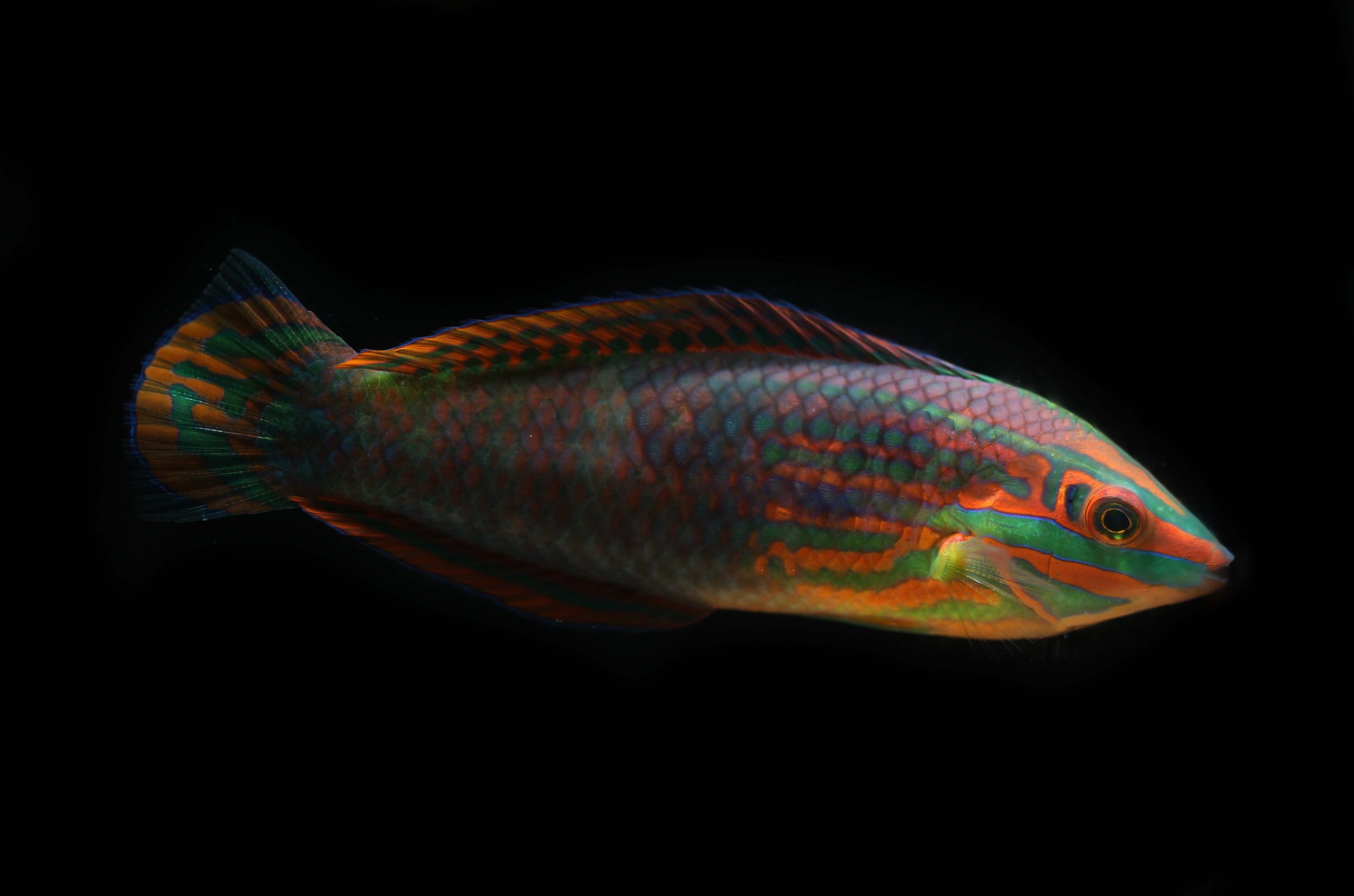

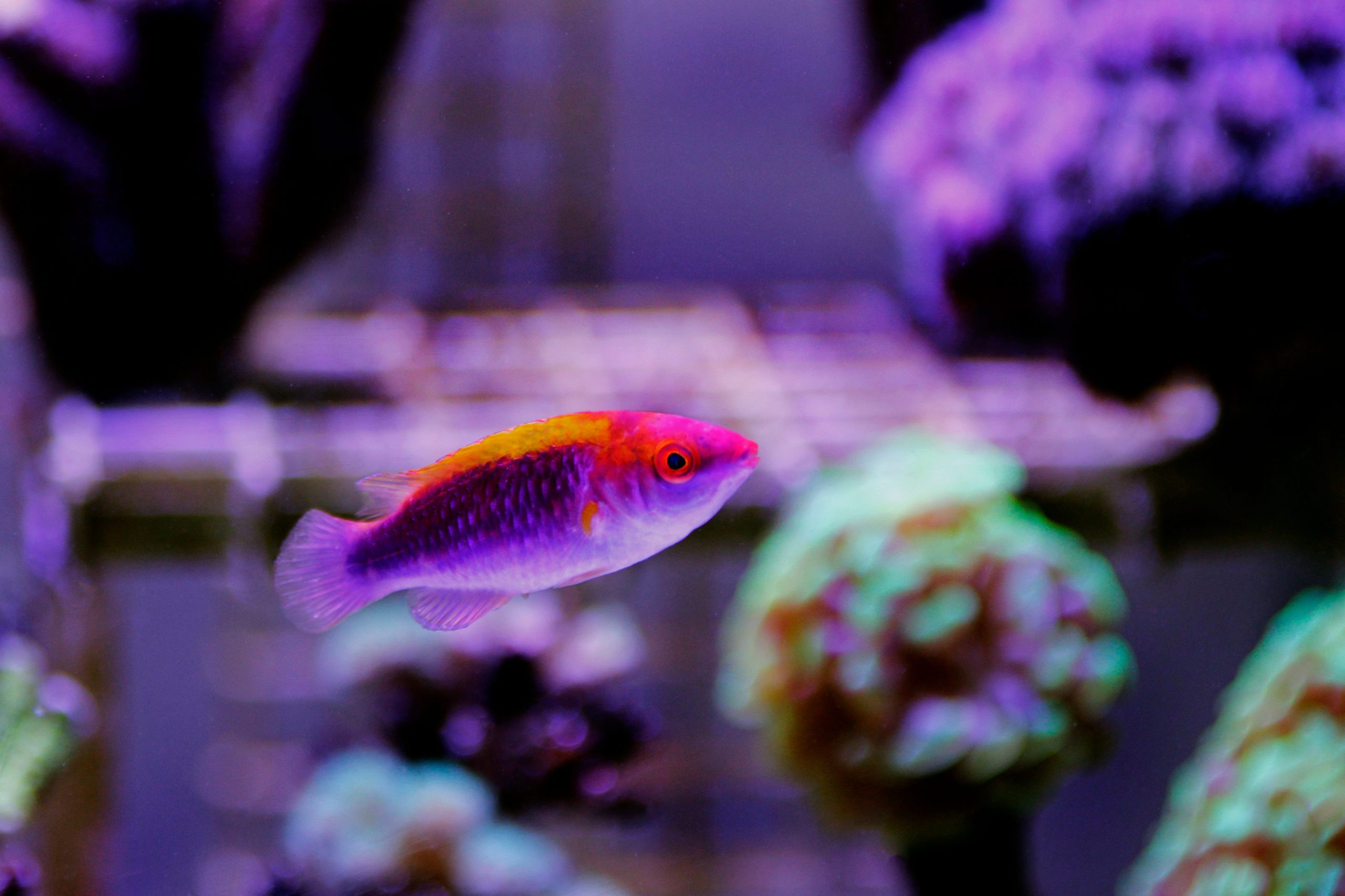
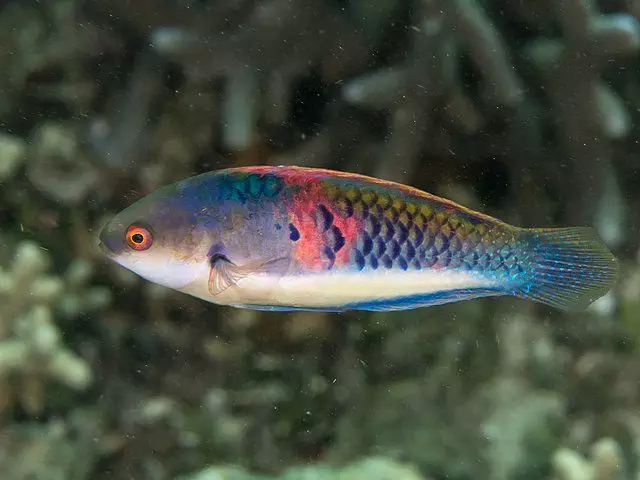
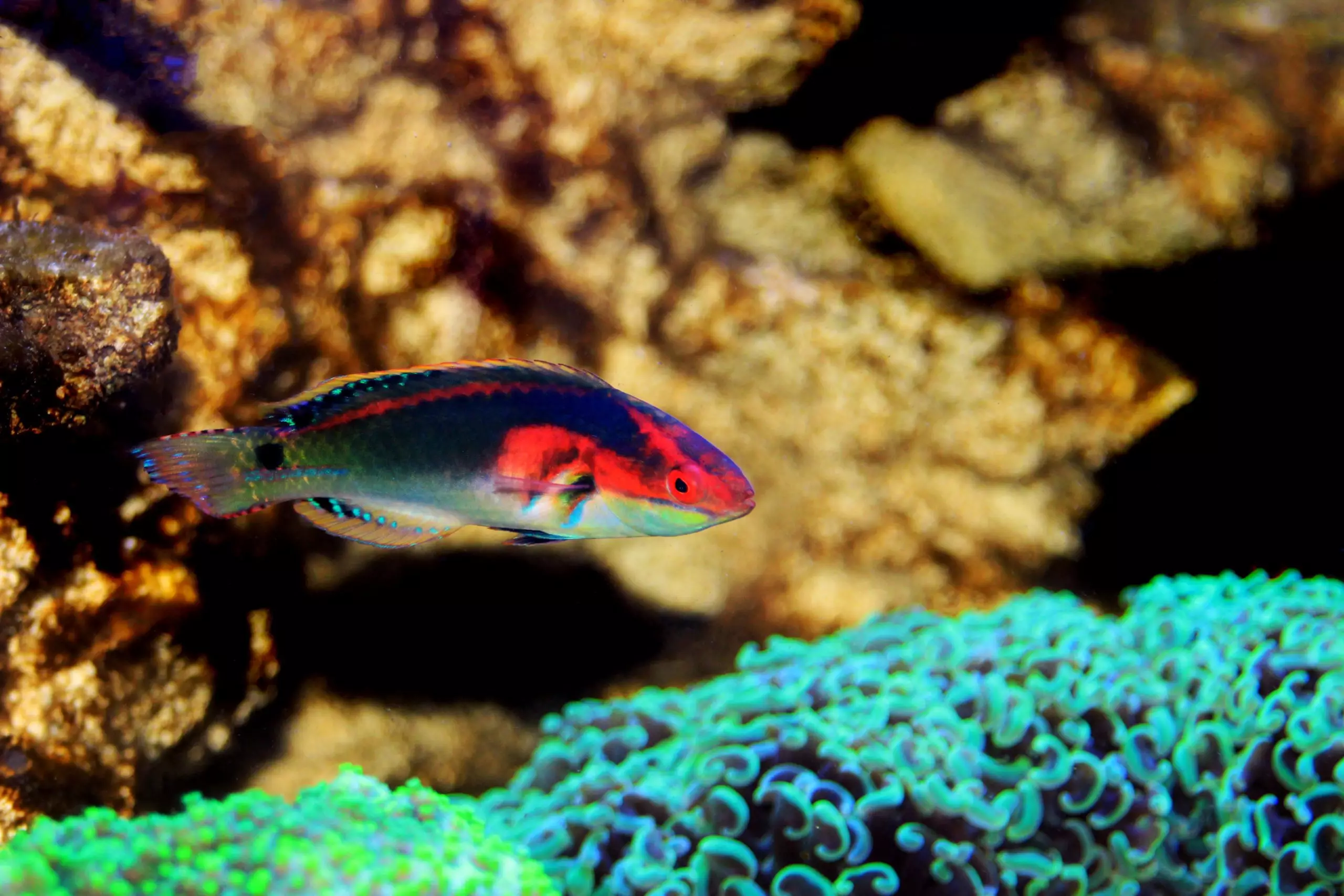
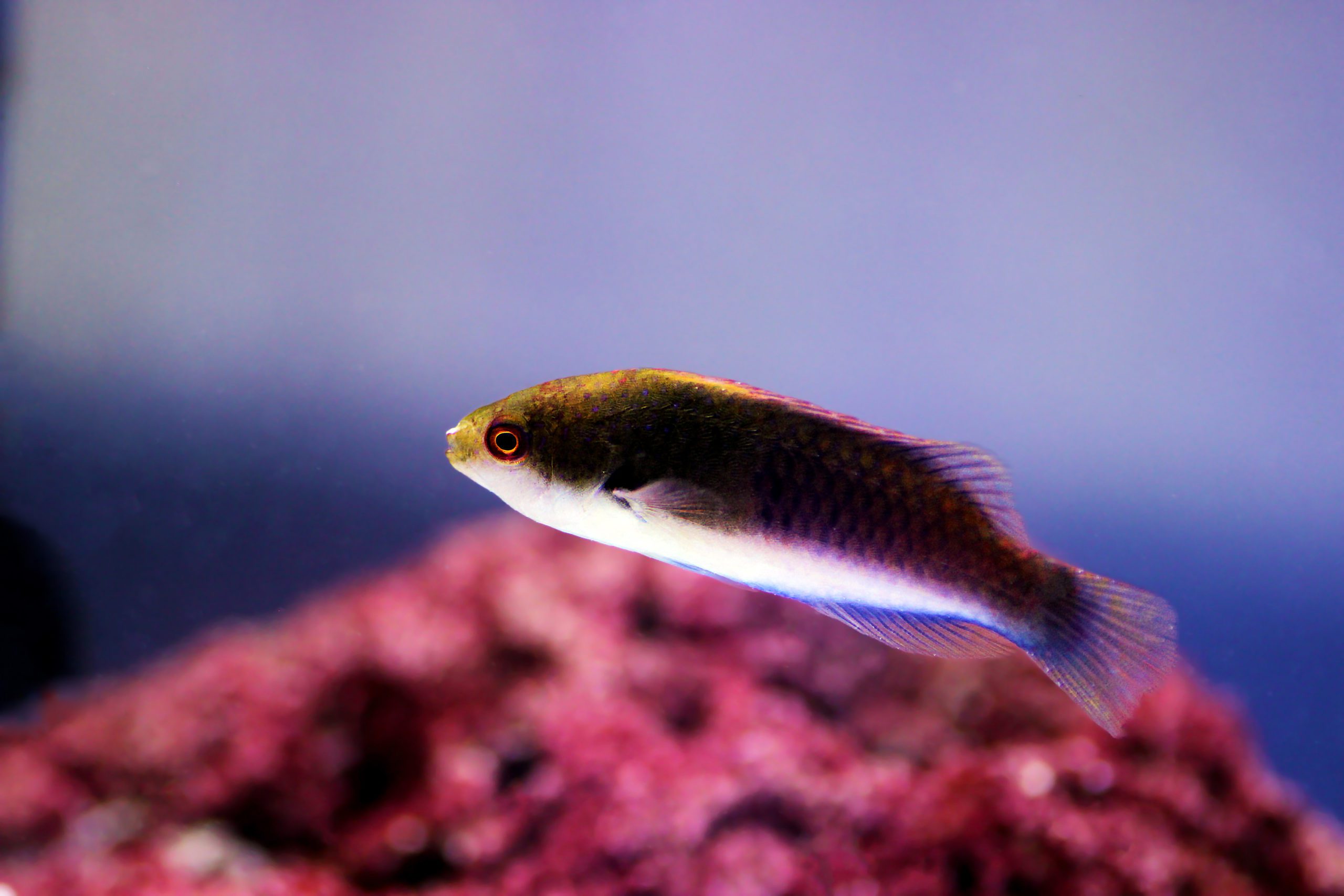
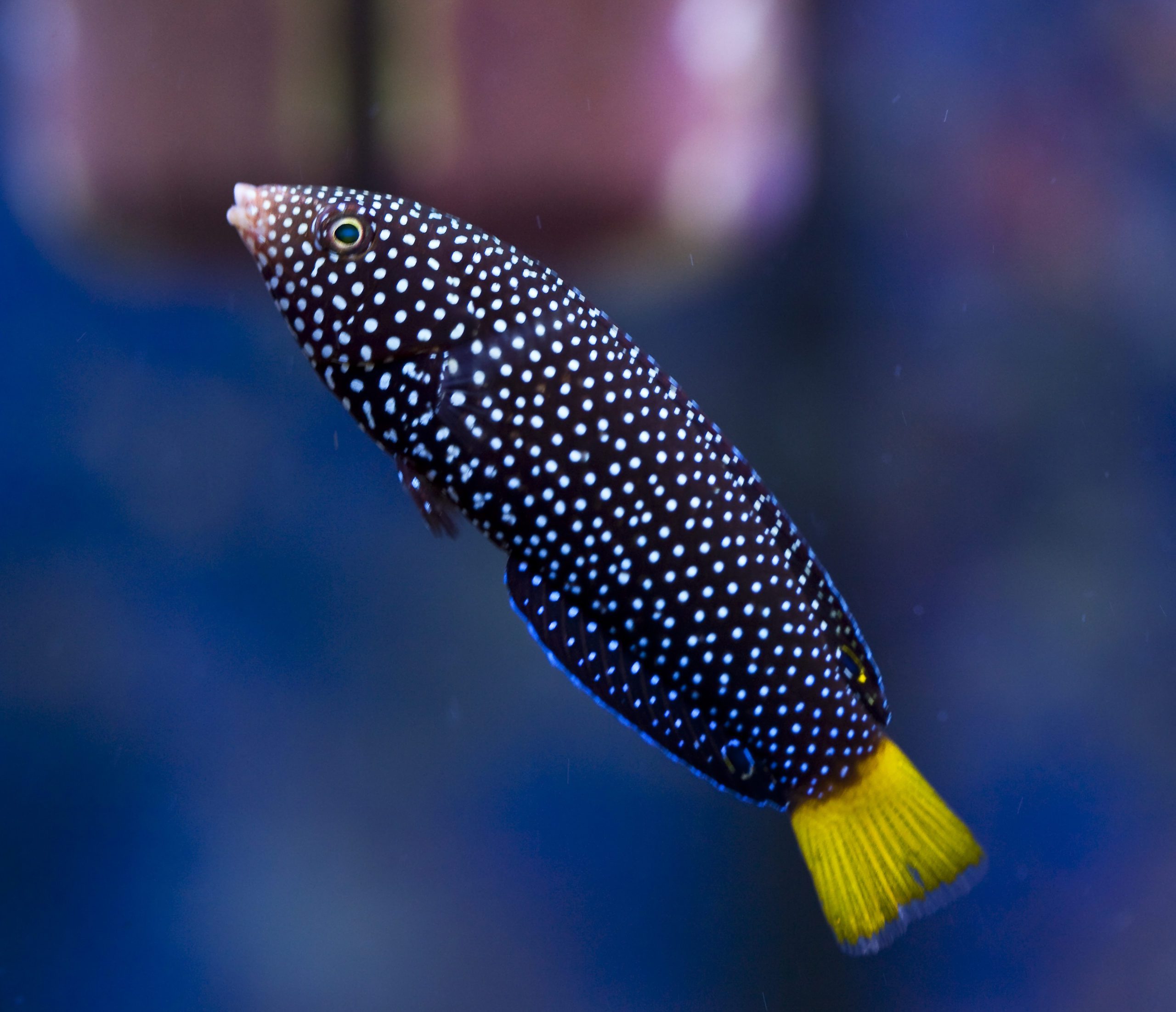
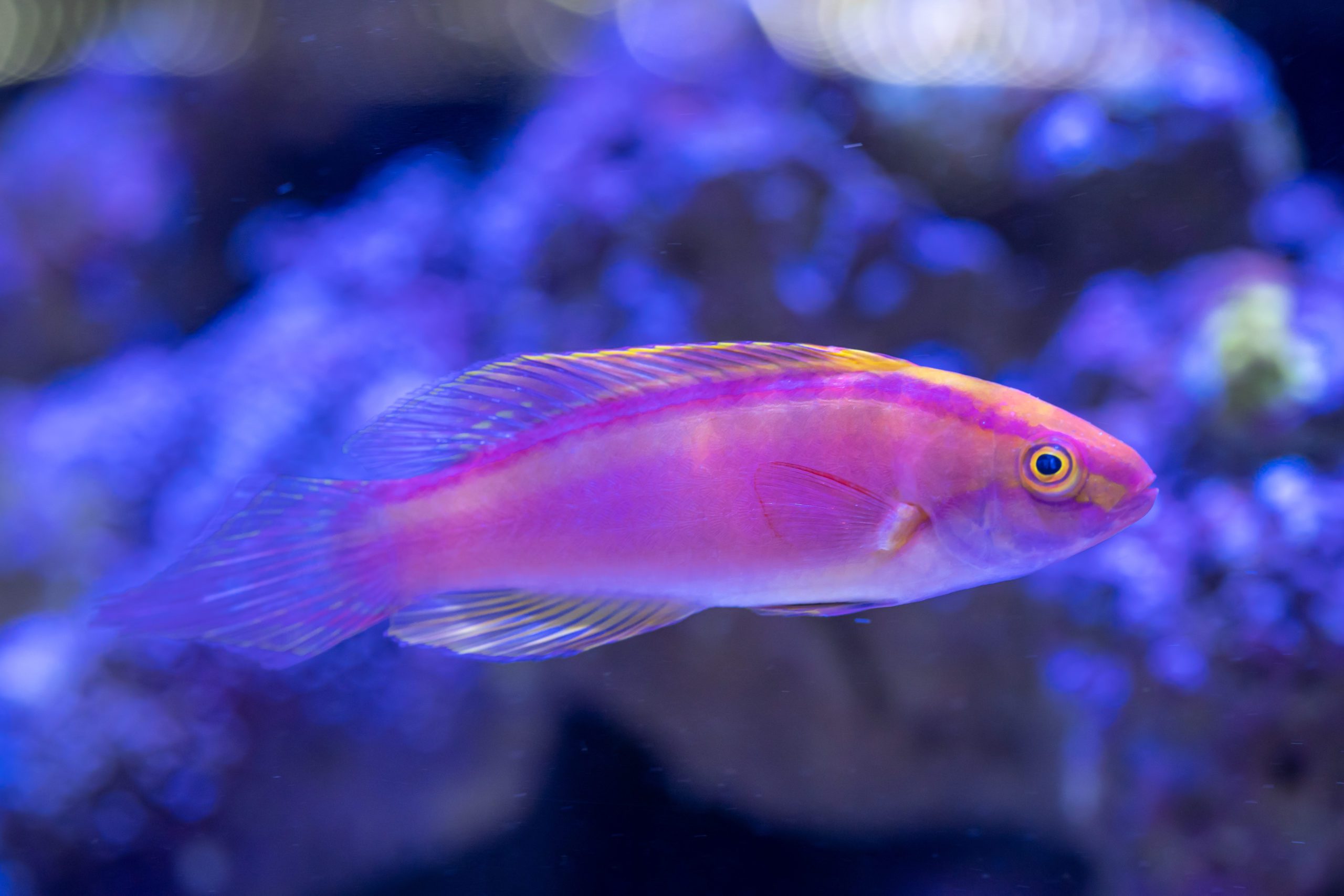
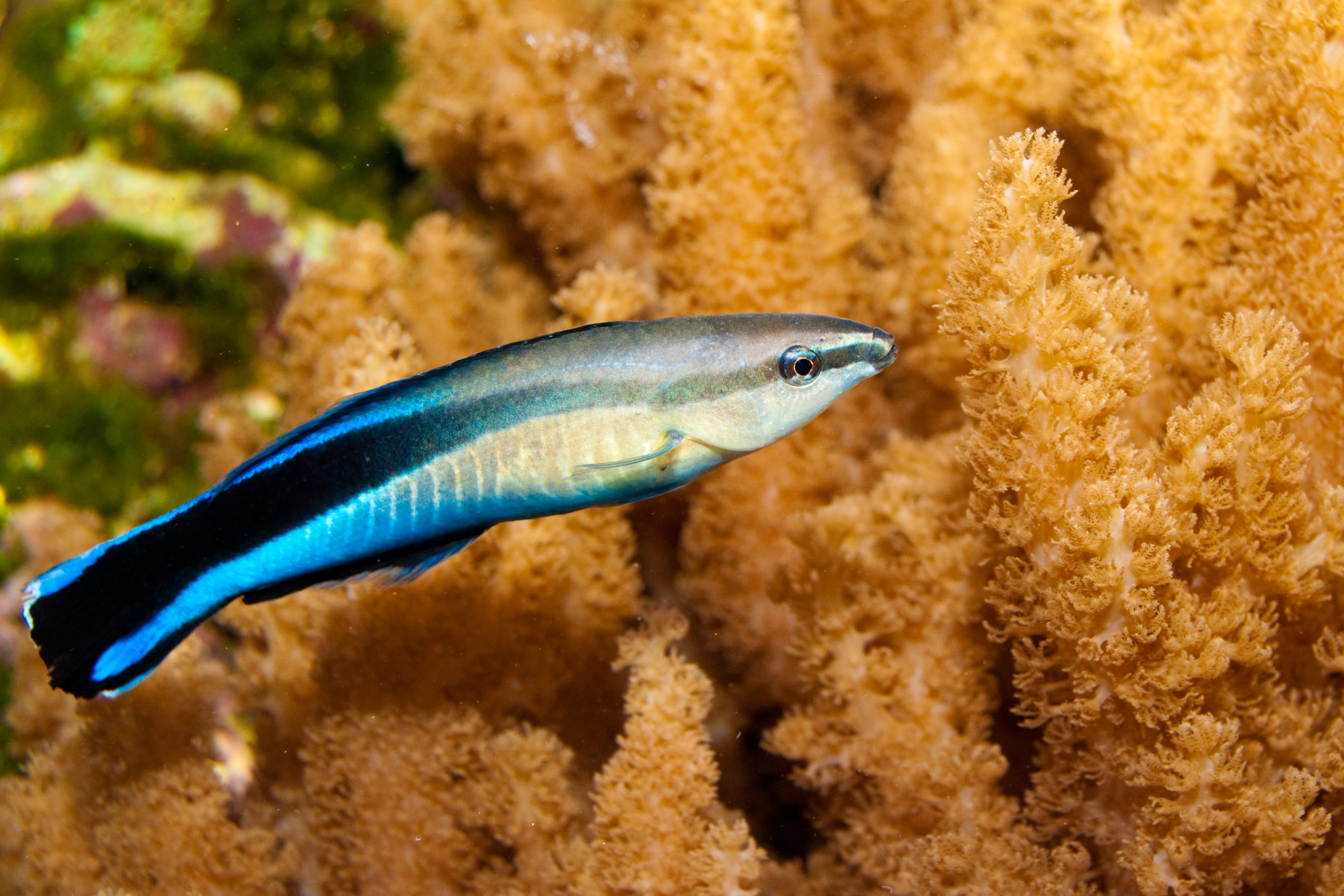

Reviews
There are no reviews yet.